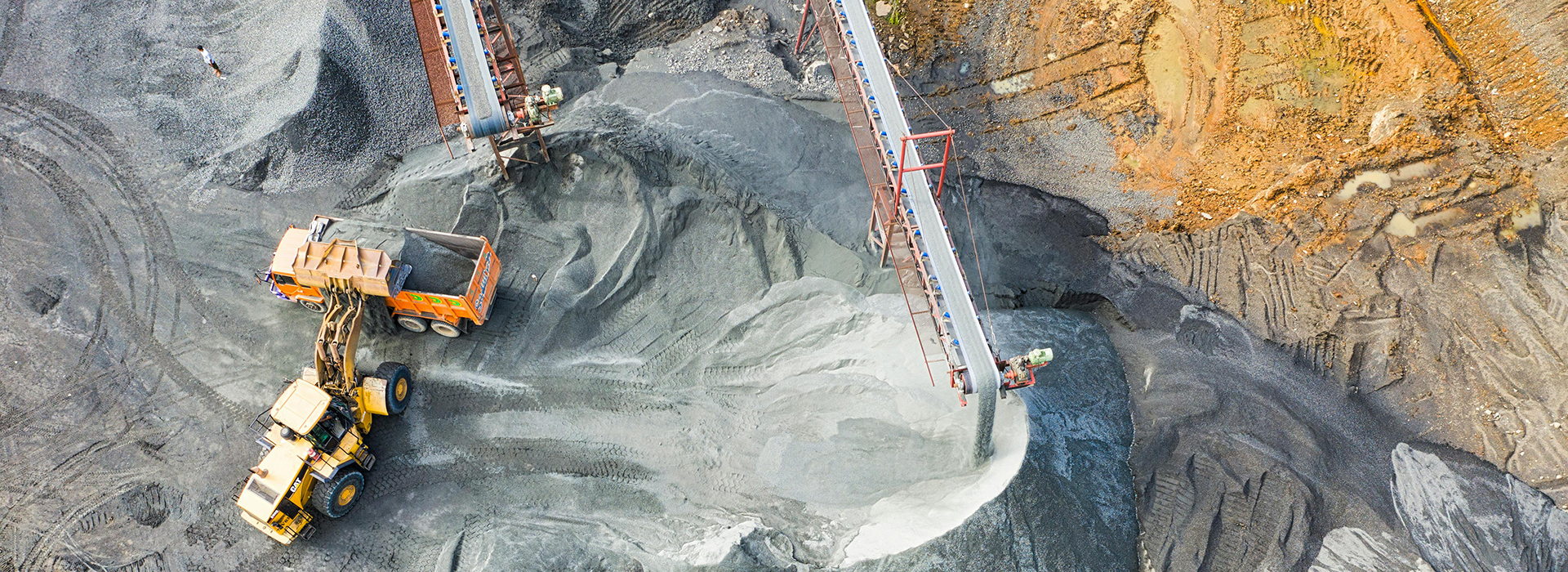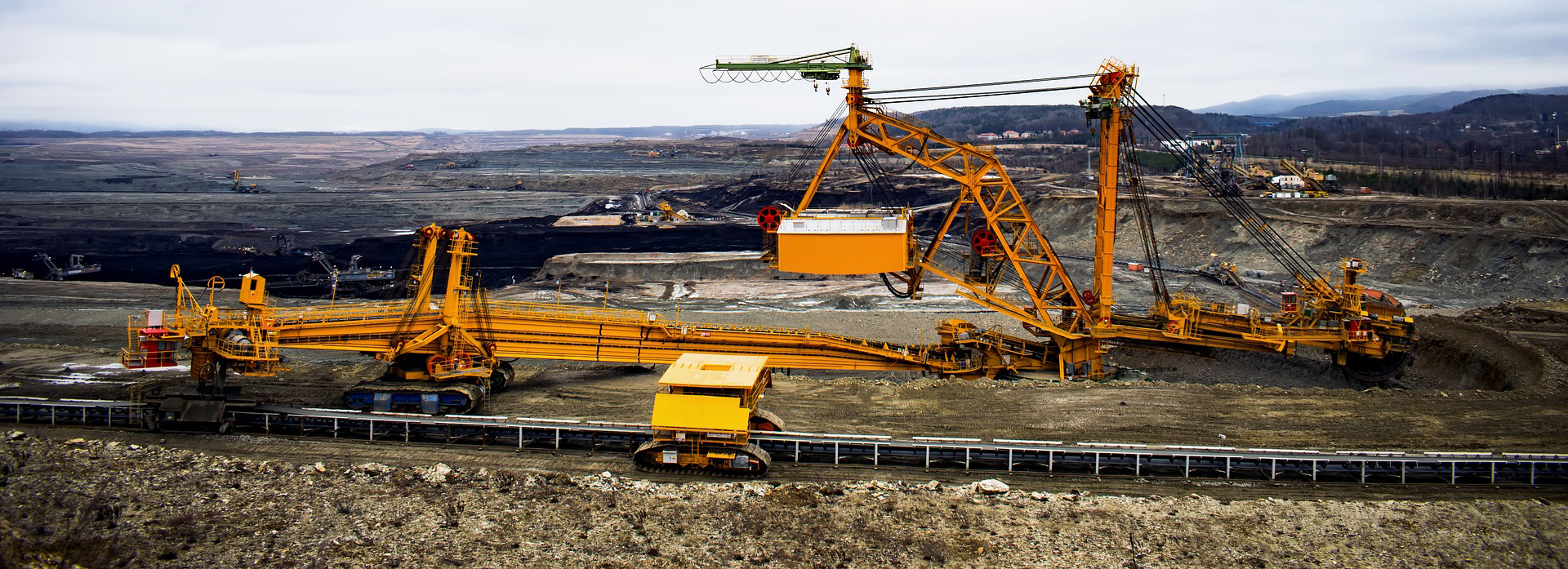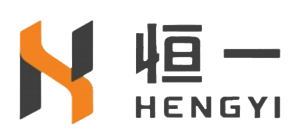
How Long Do Rubber Belts Last?
2025-11-12 15:18Industrial Conveyor Belt Service Life Standards:
1. Service Life Definition: The service life of an Industrial Conveyor Belt refers to the total operating time or total output of the belt under specified working conditions from its initial use until it needs replacement due to wear, aging, or other reasons.
2. Influencing Factors: The service life of an Industrial Conveyor Belt is affected by various factors, mainly including belt material, design parameters, manufacturing process, installation quality, operating environment, and maintenance.
3. Standard Classification: Depending on the industry and application field, Industrial Conveyor Belt service life standards can be divided into national standards, industry standards, and enterprise standards. When formulating various standards, actual production needs and belt performance requirements must be fully considered.
Industrial Conveyor Belt Service Life Assessment Methods:
1. Visual Inspection: Regularly conduct visual inspections of the conveyor belt, observing for wear, cracks, deformation, and other phenomena on the belt surface. Based on the inspection results, a preliminary assessment of the belt's condition can be made.
2. Performance Testing: Testing the tensile strength, abrasion resistance, oil resistance, and temperature resistance of the conveyor belt allows for an understanding of its actual performance, providing a basis for assessing its service life.
3. Operational Record Analysis: Detailed analysis of the conveyor belt's operational records, including operating time, load changes, and number of failures, helps understand the belt's operating condition and service life.

Measures to Improve the Service Life of Industrial Conveyor Belts:
I. Use suitable splicing adhesive for the conveyor belt joints.
The conveyor belt consists of two parts: a tensile layer and a protective layer. The tensile layer can be considered the skeleton, its main function being to withstand tension. The protective layer's main function is to resist wear and protect the skeleton. Suitable high-quality materials should be selected at the joints to avoid excessive weakness, which could lead to tearing or even belt breakage.
II. Regularly maintain the conveyor belt.
Rollers are crucial support components for the conveyor belt's operation and must be able to rotate freely. If damage to the roller coating is found, it needs to be repaired promptly to prevent the conveyor belt from running off-track and breaking.
III. Install devices to protect the conveyor belt.
If material accumulates on the conveyor belt, it will cause friction between the rollers and the belt, greatly reducing the service life of the belt, related rollers, and return idlers, resulting in significant cost increases.
We recommend our company's high-load sweeper, installed below the horizontal shaft of the rollers. It is a durable primary sweeper designed for harsh environments and suitable for various types of materials. It is suitable for conveyor belts with mechanical, cold, and hot vulcanized joints.
